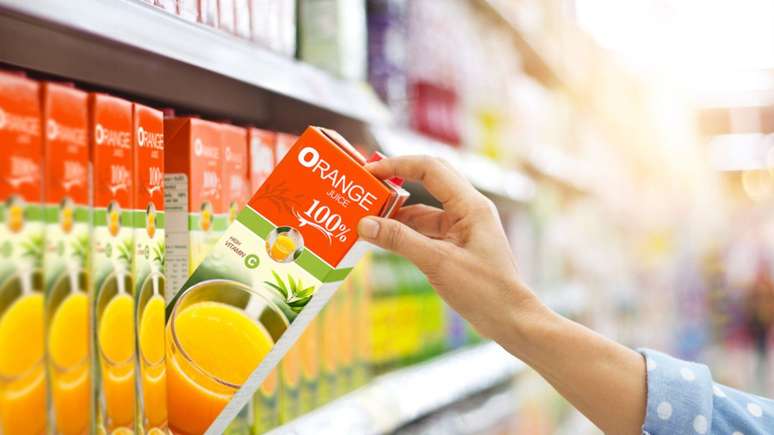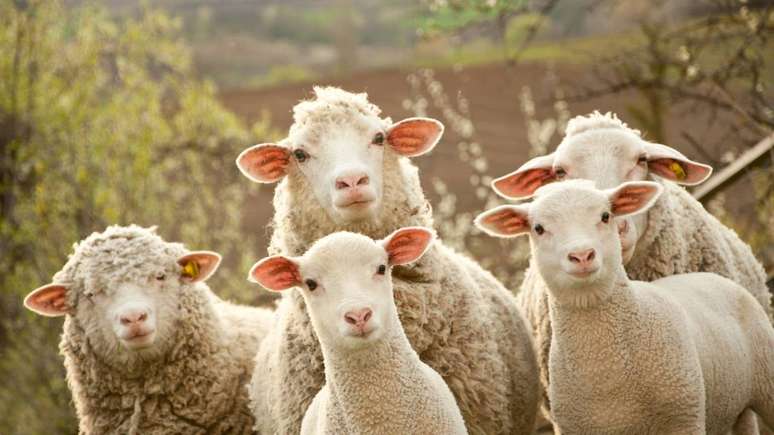
Summer is a season with high temperatures. That said, it’s common for us to look for different ways to cool off and nothing like a cold drink, right? What happens these days to those who don’t want to resort to soda is to opt for juice!
And this isn’t a hard drink to find: the juice options in supermarkets are huge. The problem is that many people do not know that such drinks contain a large amount of sugar in their composition. In this sense, if consumed in excess, these drinks can cause allergies and weight gain due to changes in blood sugar levels, which can cause diabetes and overload the liver and pancreas.
Some brands have changed their formula and apple juice added use less added sugar, but does it really work? Is juice really healthier? The answer is no!
This is because sugar is still present in the composition. That is, you’re not actually ingesting juice, but mostly a compound of dyes and chemical additives that aren’t healthy. When choosing your juice, keep in mind that “less is more”, pay attention to the label and the less ingredients you have the better!
Understand the main differences between the 3 types of juice:

You can already tell that not everything labeled as juice is actually healthy, and long-term consumption can lead to health problems! Therefore, the main differences between the three types of drinks are related to the way of processing and the contained ingredients in each type of product. And to help us better differentiate the options available in supermarkets, we have invited the experts of Campo Largo. To watch:
Whole juices and other juices
Whole juices are the healthiest options for consumption because they are 100% fruit and contain most of the nutrients and fiber found in fruit in nature.
In addition to whole juices, there are concentrated, reconstituted or blended juices on the market and the addition of artificial flavors and colors is prohibited in their production. =
They can have added sugar, as long as they bear the term “sweetened” on the label and do not exceed the percentage of 10% permitted by the Ministry of Agriculture, Livestock and Supply (MAPA).
nectar is not juice
Nectar is one of the most common types of drinks on the market and is often easily confused with healthier options. While having fruit juice – between 30 and 50% – is not recommended.
It is a drink obtained by dissolving the edible part of the fruit and the sugars in drinking water. It is sweeter than juice and may contain sweeteners, colors, preservatives and other additives. To differentiate it, you must once again pay attention to the packaging.
avoid refreshments
In contrast, juices and nectars, soft drinks are obtained by diluting fruit juice, pulp or plant extract. Compared to juice and nectar, it is the one with the least amount of raw material extractwhich makes it unhealthy and not recommended compared to the others.
The product is the famous “pozinho juice”. Usually the quantity of fruit found in this type reaches up to 10%, not counting the colourings, preservatives and sugar.
+The best content in your email for free. Choose your favorite Terra newsletter. Click here!
Source: Terra
Ben Stock is a lifestyle journalist and author at Gossipify. He writes about topics such as health, wellness, travel, food and home decor. He provides practical advice and inspiration to improve well-being, keeps readers up to date with latest lifestyle news and trends, known for his engaging writing style, in-depth analysis and unique perspectives.








